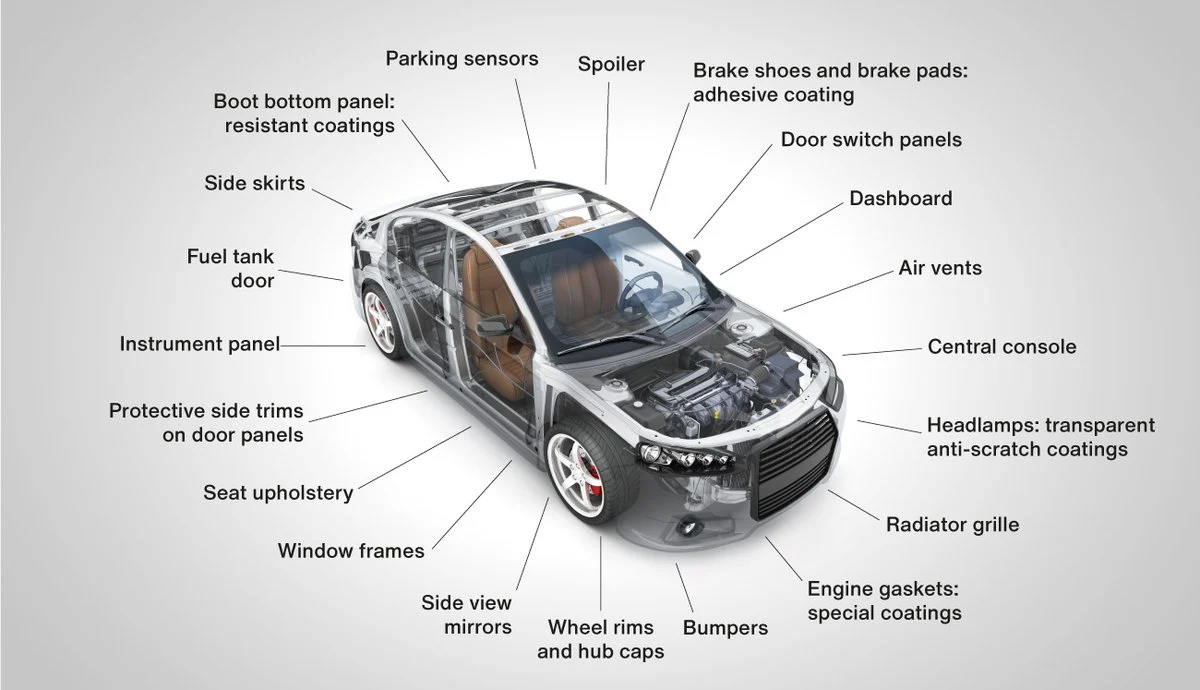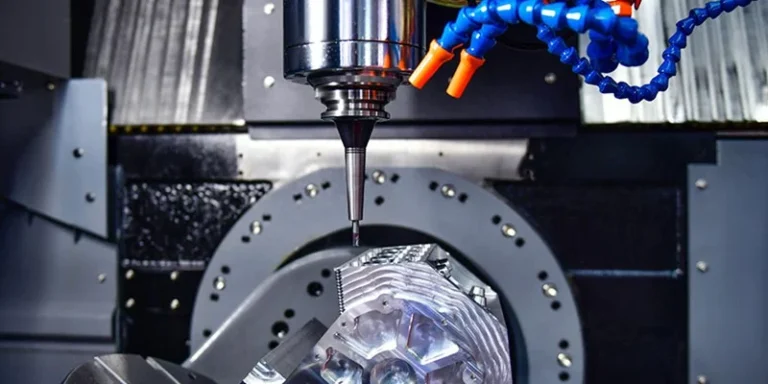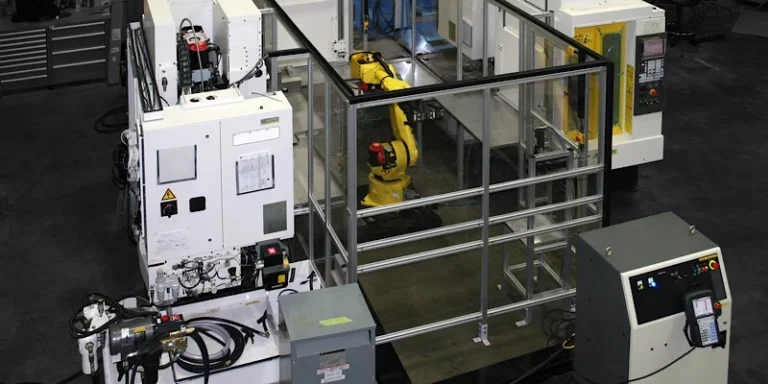One notable advantage of aluminum is its versatility, making it highly valuable across various industries. Its unique properties, such as being lightweight and flexible, position it as an ideal material for numerous applications. This includes its extensive use in the automotive manufacturing sector, the aviation industry, and the power generation field.
In the automotive industry, aluminum is utilized to produce critical components, such as the reflectors in car lamps. The CNC machining process plays a crucial role in this production stage. There are several techniques for manufacturing an aluminum CNC reflector, with milling being one of the primary methods. This technique, which dates back to the 19th century, remains widely used by auto manufacturers today.

CNC Milling
This procedure involves using cutting tools to remove layers of material from an object, which is quite different from three-dimensional printing where layers are added. The milling process originated from the rotary filing practice of the 19th century and has since evolved significantly, leading to the advanced CNC milling technology used today.
CNC machining, a sophisticated form of milling, stands for Computer Numerical Control. This process automates the operation of machine tools through computers that execute pre-programmed sequences of commands. The designs for the parts are created using Computer-Aided Design (CAD) software, which includes detailed specifications such as measurements, external appearance, dimensional spaces, and material types.
These CAD designs are then translated into production instructions by Computer-Aided Manufacturing (CAM) software. The CAM software converts the model into specific commands that are fed into the CNC machine to initiate the production process. Additionally, modern CNC milling machines feature computer-operated mills that can move the spindle along the Z-axis, enhancing speed and precision. Various types of CNC milling machines are available on the market at competitive prices.
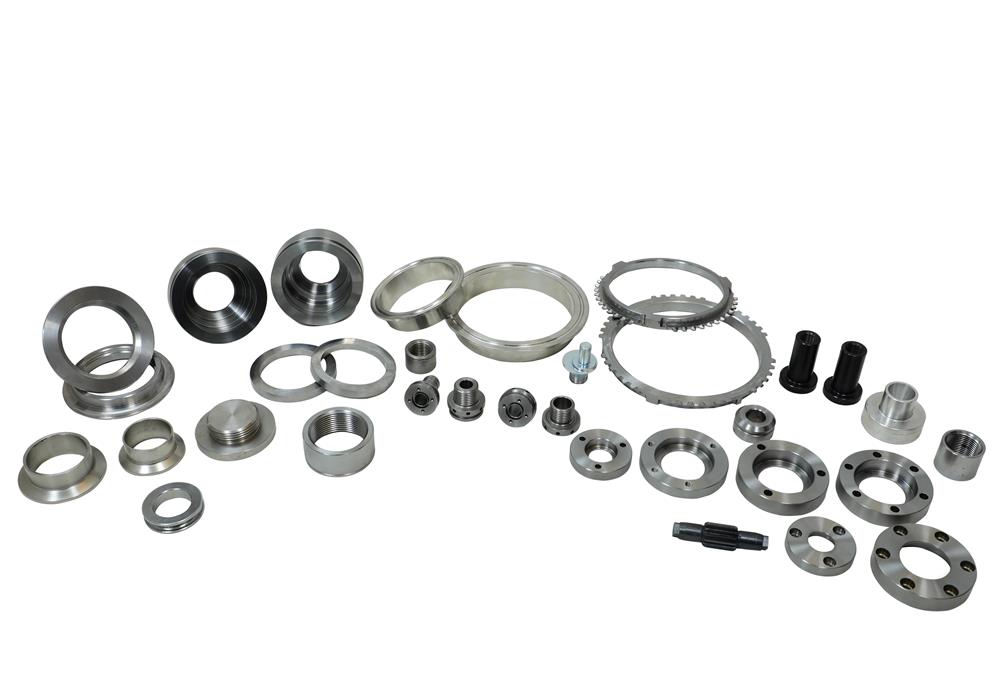
The Milling Process
The milling procedure should be conducted by a qualified expert responsible for operating the milling machine. This process involves several steps to achieve the final product. Initially, you need to determine whether you will be producing parts in bulk or in small quantities. Then, evaluate the designs provided by the engineer or professional and adhere to the established plan.
Next, create a design using a Computer-Aided Design (CAD) or Computer-Aided Manufacturing (CAM) system. Assemble the holding device, tooling device, and the workpiece in the CNC center. Configure parameters such as speed, shape, and cutting depth according to the original plan or the specific requirements of the task. Perform regular maintenance and execute processes at the appropriate times to maintain the dimensions and other essential features throughout the procedure.
Most production facilities utilize CNC machining to achieve precise three-dimensional parts, making it a popular method in the manufacturing of car reflectors.
The Relevance Of CNC Machining In The Automotive Sector And Creation Of Aluminum Parts
The use of CNC machining in the production of car parts offers several advantages. One of the primary benefits is its speed. Since most operations are programmed and computerized, the entire process is expedited, making it highly efficient for producing large quantities of high-quality parts. The precision and automation of CNC machining minimize errors and allow for enhancements, resulting in highly accurate components.
CNC machining also reduces the need for extensive labor. With most operations being automated, a single engineer can oversee multiple processes, leading to significant savings on labor costs. The process ensures top-notch accuracy, with cutting tools precisely slicing materials to achieve a high-quality finish. This results in parts with exceptional accuracy and consistency.
Producing car parts like reflectors can be challenging for manufacturers due to the high levels of precision and complex shapes required. Aluminum is an ideal material for these components, as it is durable, easy to design, lightweight, and resistant to degradation. Additionally, aluminum is an excellent conductor of heat and an effective reflector of heat and light, making it perfect for car reflectors. This material is also used in the production of other car parts and components in the aerospace industry.
Other processes that can complement CNC machining include electrical discharge machining (EDM) and various after-finish practices. EDM uses electrical discharges to shape or finish car reflectors, achieving the desired precision. Common after-finish practices, such as polishing and plating, enhance the surface finish, visual appeal, and wear resistance of parts produced through CNC machining. These additional steps ensure that the final products meet the highest standards of quality and durability.
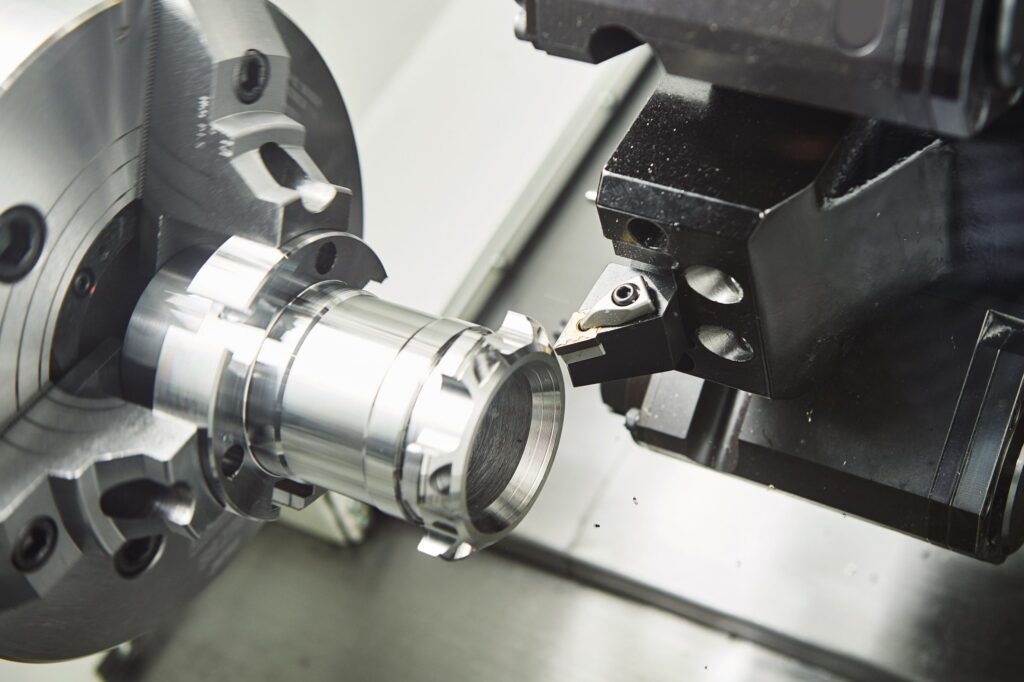
Conclusion
The manufacture of automotive parts using aluminum has been significantly streamlined by the CNC milling process. The precision inherent in CNC milling is a key factor that makes it highly effective, enabling the production of high-quality components. This method is also faster and simpler compared to other manufacturing techniques. For anyone looking to produce top-quality automotive parts, the CNC milling process is an excellent choice.

